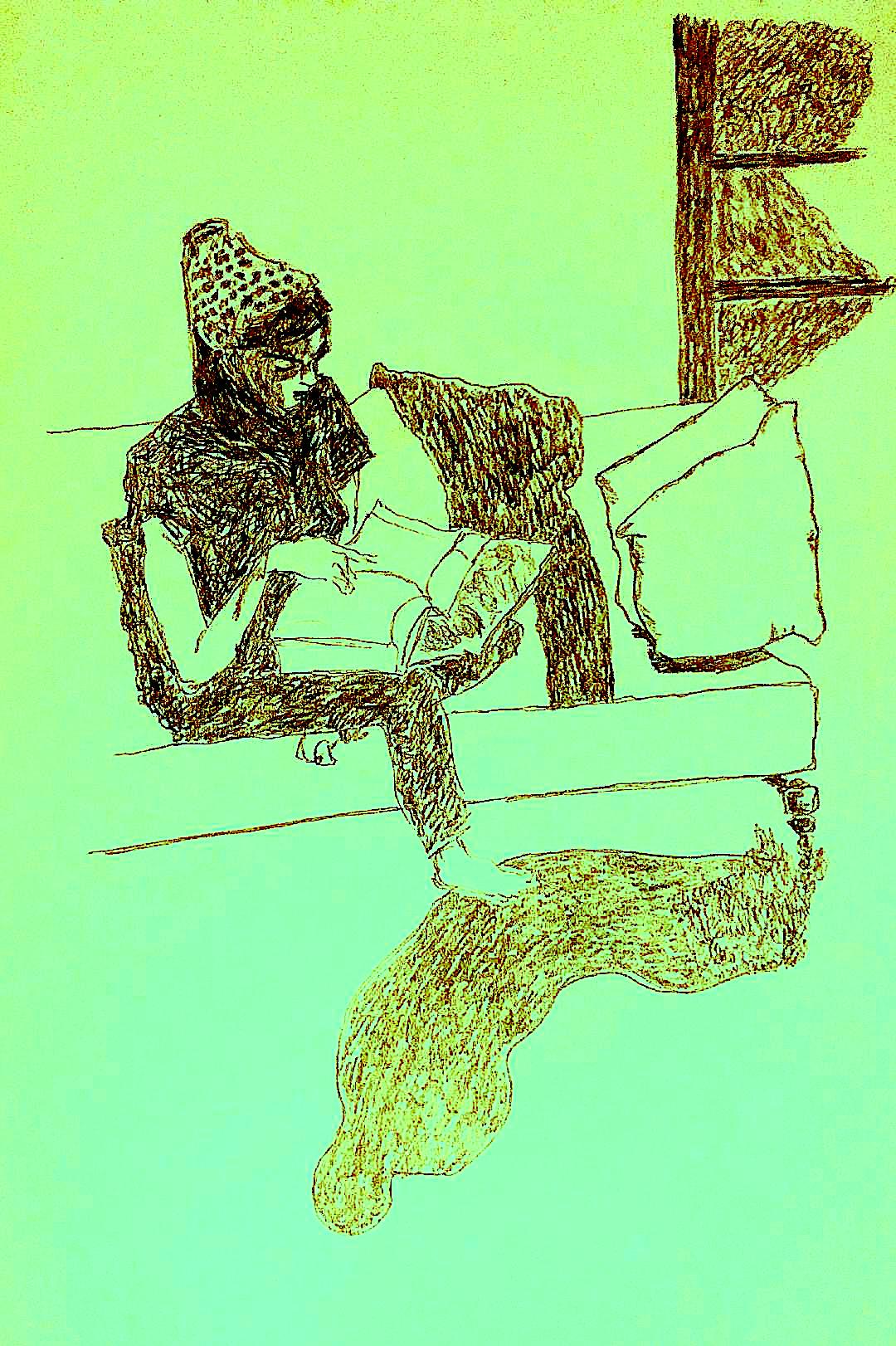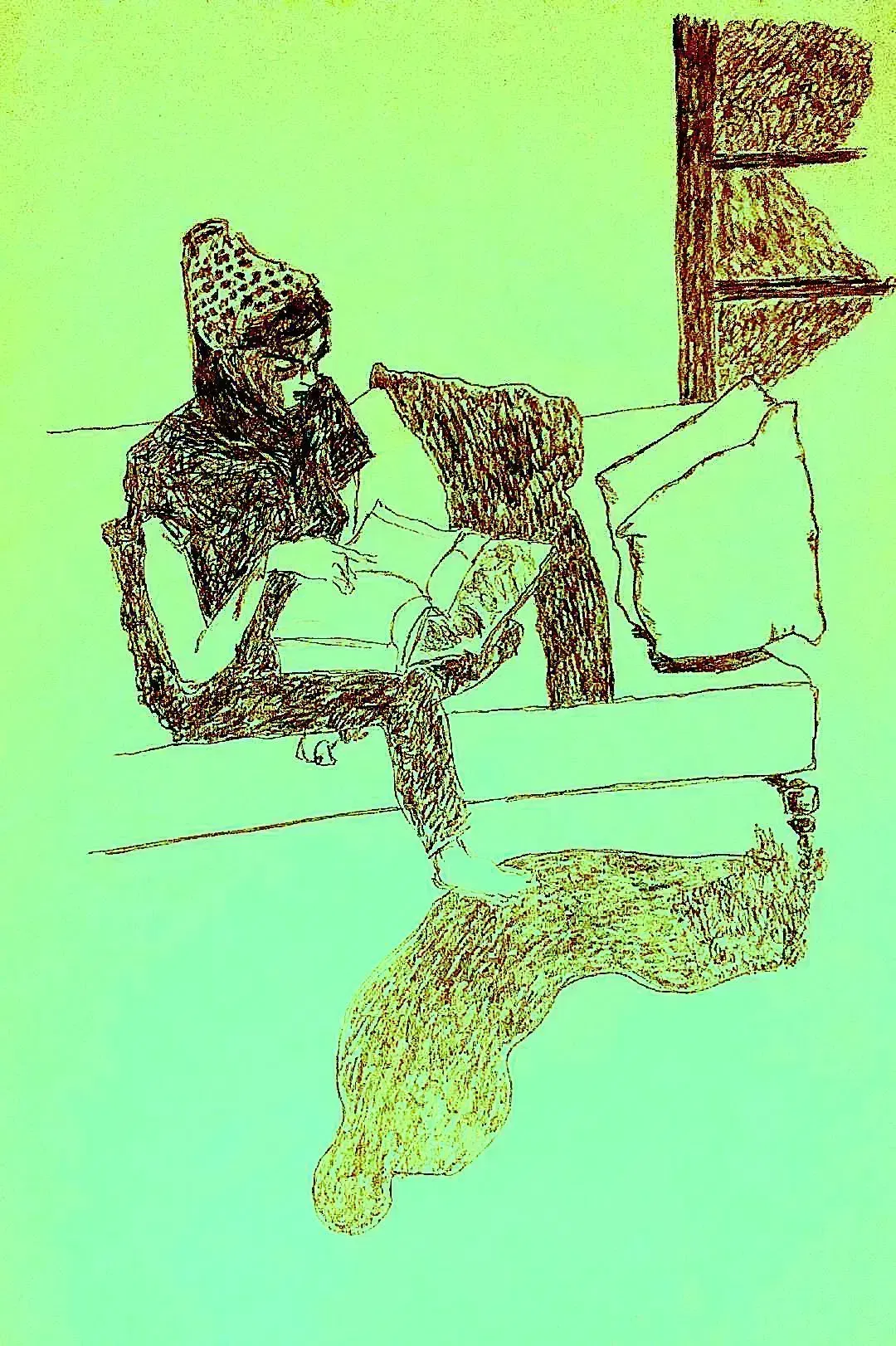NOTE ON PHILOSOPHICAL PERSPECTIVES BY WILFRED SELLARS (11): Science and Ethics


The next essay is Science and Ethics. Sellars asks how norms and values fit into a world described by science. He keeps the same method you now know. Fix the meaning of ethical terms by the roles they play in our practices, show how those roles connect to observation and action, and then ask what we are committed to when we use the terms correctly.
Scientific claims tell us what is the case. Ethical claims guide what to do. Sellars treats ought talk as part of a public practice of giving and asking for reasons, not as a report about a mysterious non natural property. When a nurse says you ought to raise the head of the bed for this patient, the sentence does not describe a hidden oughtness. It issues a rule governed directive within a role structured practice. The content of the ought is fixed by training, protocols, and the point of the activity, which is patient welfare. If the patient has spinal injury the rule changes and so does the correct ought. The correctness is not private. It is checked by shared standards, measurements, and outcomes.
A speed limit shows the same pattern. The sign says 20 miles per hour in a school zone. The ought to slow down is not a description of a new sort of fact. It is a standing rule that binds drivers within an institution that aims to protect children. The rule links to observable conditions, such as time of day and flashing beacons, and to actions and reasons, such as braking and spacing. If fog reduces visibility, a police officer can say you ought to go even slower. That new directive is licensed by a higher order rule that says safety constraints outrank the default limit. The network of rules and priorities fixes the meaning of the ought.
On this view, good ethical reasoning has the same entry, inference, and exit structure you saw with ordinary and theoretical terms. Entry links connect circumstances to standing directives. A pharmacist sees a certain problem and is licensed to say the dose ought to be reduced. Language language links connect one ought to another by principles, for example 'if an intervention risks serious harm and has no expected benefit, you ought not to proceed'. Exit links connect oughts to actions, such as withholding a drug. The content of the ethical vocabulary comes from its role in this web.
This role view lets Sellars place ethics within a naturalistic picture without reducing it to mere description. The scientific image explains how creatures like us can learn, enforce, and revise rules. It tells a story about social coordination, reinforcement, signalling, and neurocognitive control. The manifest image tells the normative story, which marks what counts as correct or incorrect reasoning and conduct in light of aims we endorse. The two stories are to be harmonised. We do not collapse ought into is, and we do not float oughts free of explanation.
In a hospital, a triage protocol ranks cases by acuity. Saying this patient ought to be seen first is not a report about a colour on a chart. It is a move licensed by the triage rule that connects measurable cues, such as oxygen saturation and blood pressure, to priority. The rule itself is not arbitrary. It is justified by the aim of preventing avoidable harm under scarce resources. If evidence shows the protocol misses silent hypoxia, the rule is revised. Ethical vocabulary shifts with reasoned improvement of practice, just as theoretical vocabulary shifts with better models. The revision is not a change of feeling. It is a change in what follows from what within a practice that measures, predicts, and intervenes.
Public health officials say you ought to vaccinate. The directive belongs to an institution that aims to reduce morbidity and mortality. It is tied to entry conditions such as incidence and risk, to inferential links such as herd protection thresholds, and to exit actions such as scheduling clinics. When supply is limited, the oughts are graded by further rules that rank vulnerability and exposure. Objections and exemptions are handled by procedures that cite higher order norms, for example respect for informed consent weighed against collective risk. The point is not that science makes the ethic. The point is that ethical oughts take their content from roles within practices that answer to both facts about the world and aims we can justify.
Sellars uses this to diagnose a classic mistake. Some treat ethical terms as names for special non natural properties. Others treat them as mere expressions of attitude or feelings. He rejects both. On his view, to call an act wrong is to place it within a network of rules and reasons that forbid it, given the aims and institutions in play, and to invite or issue sanctions that the practice recognises. The claim is answerable to facts, since facts determine whether the entry conditions really obtain and whether the rule really promotes the aim. The claim is also normative, since correctness depends on the standing of the rule within a justified system of ends and priorities.
How do facts and norms cooperate? A lab ought to obtain informed consent. That directive is not defeated by discovering that deception would have produced cleaner data. The higher order rule that protects autonomy outranks the research aim except under strict conditions that are themselves rule bound. Or take workplace safety. If air sampling shows a solvent exceeds the permissible exposure limit, the manager ought to stop the process. The scientific measurement fixes the entry condition. The safety code fixes the directive. The justification is the aim of avoiding harm in a fair workplace, not a private preference.
What then grounds the aims? Sellars’ answer is institutional and critical rather than metaphysical. Aims are embedded in practices such as medicine, education, law, and science. We inherit them, we articulate them, and we criticise them by asking which sets of rules make the best overall sense of what the practice is for, given what we know. The method is continuous with his approach to analysis. We make explicit the roles that already guide competent participants, then test and revise those roles in light of reasons and results. When aims conflict, as they often do, we resolve the conflict by higher order rules of priority that themselves must stand up to criticism and experience.
In clinical ethics, beneficence and non maleficence can pull apart. A surgery might help but carries high risk. The institution supplies a decision procedure that invokes patient values, evidence of benefit, and risk thresholds. In civil life, free expression and public order can pull apart. Statute and case law supply hierarchies and tests. Saying the police ought to allow a march or ought to restrict it is correct or incorrect relative to those standing rules and the measured facts. The correctness is settled by reasons inside the practice, which is why decisions can be appealed and revised.
This allows for moral learning. A practice can discover that a long accepted rule violates a more basic aim, as when medicine moved from paternalism to informed consent, or when education moved from rote recitation to mastery learning. The discovery rides on evidence about outcomes and on clearer statements of what the practice is for. Once the higher order justification is accepted, the local oughts change. Again, the change is not arbitrary. It is a revision of the inferential web to fit what the practice now knows and now holds itself to.
Finally, note how this connects back to identity and realism. Persons are real as bearers of commitments and responsibilities within normative practices. Science is real as a law governed image of the causal order. Ethics lives where the images meet. We use what science tells us about consequences and capacities to refine our entry conditions. We use what our institutions tell us about aims to refine our rules. Oughts then function as disciplined guides to action that can be correct or incorrect, teachable and revisable, without postulating non natural properties and without collapsing into mere reports of feeling. (For these reasons Parfitt and some consequentialists and some species of contractualists would say 'oughts are objective whenever correct'). This is how Sellars keeps ethics inside one world that is open to measurement and to reason, while preserving the distinct role that norms play in our shared life.